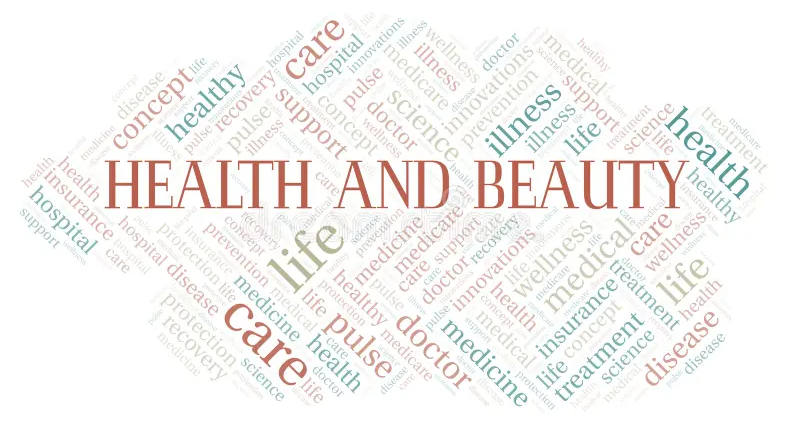In the complex landscape of healthcare, having the right health insurance is crucial for safeguarding your well-being and financial stability. This article will provide a comprehensive guide to understanding health insurance, exploring key aspects and considerations.
Break down the different types of health insurance plans, such as HMOs, PPOs, and high-deductible plans. Explain the variations in coverage and flexibility each plan offers. Explore the challenges and opportunities for individuals in the healthestimates.com gig economy when it comes to securing health insurance coverage. Discuss alternative options and considerations for freelancers and part-time workers.
The Basics of Health Insurance:
Health insurance serves as a financial safety net, covering medical expenses and providing access to a network of healthcare providers. It typically includes essential benefits like hospital stays, prescription drugs, preventive care, and more. Understanding these basic components is essential for making informed decisions.
Types of Health Insurance Plans:
Explore the various types of health insurance plans, including Health Maintenance Organizations (HMOs), Preferred Provider Organizations (PPOs), Exclusive Provider Organizations (EPOs), and Point of Service (POS) plans. Each plan has distinct features, such as network restrictions and referral requirements, influencing your choice based on individual needs.
Premiums, Deductibles, and Copayments:
Delve into the financial aspects of health insurance, understanding premiums (monthly payments), deductibles (out-of-pocket expenses before coverage kicks in), and copayments (fixed amounts for specific services). Balancing these factors is crucial for finding an insurance plan that aligns with both your health needs and budget.
Understanding the Basics:
This section will provide a comprehensive overview of the fundamental aspects of health insurance, including key terms such as premiums, deductibles, and copayments. Readers will gain a clear understanding of the basic structure and components that form the backbone of health insurance policies.
Types of Health Insurance Plans:
Explore the diverse landscape of health insurance plans, including HMOs, PPOs, and high-deductible health plans. Each plan has its unique features, advantages, and limitations. This section will guide readers in choosing a plan that aligns with their healthcare needs and financial considerations.
Coverage and Inclusions:
Unravel the mystery of what health insurance covers and what it doesn’t. From preventive services to major medical expenses, this section will outline the typical inclusions in a health insurance policy. Understanding the coverage details is crucial for making informed decisions about one’s healthcare.
Navigating the Enrollment Process:
This section will walk readers through the enrollment process, whether through employer-sponsored plans, government programs like Medicaid and Medicare, or individual marketplaces. Understanding the enrollment process is vital for ensuring timely and effective coverage.
In-Network vs. Out-of-Network Providers:
Unravel the importance of selecting in-network healthcare providers to maximize cost savings. While some plans cover out-of-network services, doing so often incurs higher costs. Understanding the implications of provider choices is essential for optimizing your health insurance benefits.
Essential Health Benefits:
Explore the mandated essential health benefits that health insurance plans must cover. These include services like preventive care, prescription drugs, maternity care, and mental health services. Knowing these baseline requirements ensures your plan offers comprehensive coverage.
Open Enrollment Periods:
Understand the significance of open enrollment periods, during which individuals can enroll in or make changes to their health insurance plans. Missing these deadlines may limit your options, so staying informed about enrollment timelines is vital.
Subsidies and Financial Assistance:
Investigate available subsidies and financial assistance programs, such as premium tax credits and cost-sharing reductions. These mechanisms aim to make health insurance more affordable for individuals and families with lower incomes.
Employer-Sponsored Health Insurance:
For many, employer-sponsored health insurance is a key source of coverage. Examine the benefits, potential drawbacks, and considerations associated with employer-provided health plans. Understanding the intricacies of these offerings is essential for making informed decisions about your coverage.
COBRA Coverage and Continuation:
Discover the Consolidated Omnibus Budget Reconciliation Act (COBRA), which allows individuals to maintain health insurance coverage after certain qualifying events, such as job loss. Understand the nuances of COBRA, including costs and duration, to navigate potential gaps in coverage.
Conclusion:
In conclusion, navigating the world of health insurance involves understanding the basics, exploring plan types, and considering financial aspects. Whether obtaining coverage through an employer or the marketplace, being well-informed empowers individuals to make decisions that align with their health needs and financial circumstances. Stay proactive, regularly review your coverage, and seek professional guidance when needed to ensure you are adequately protected in the dynamic landscape of healthcare.



